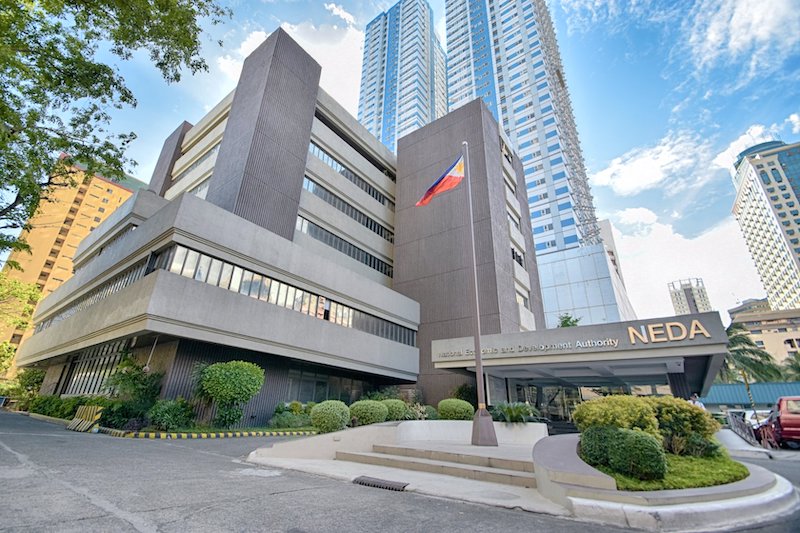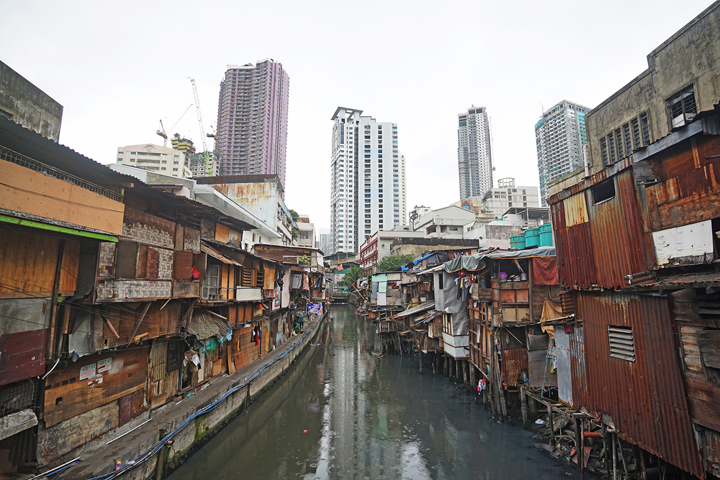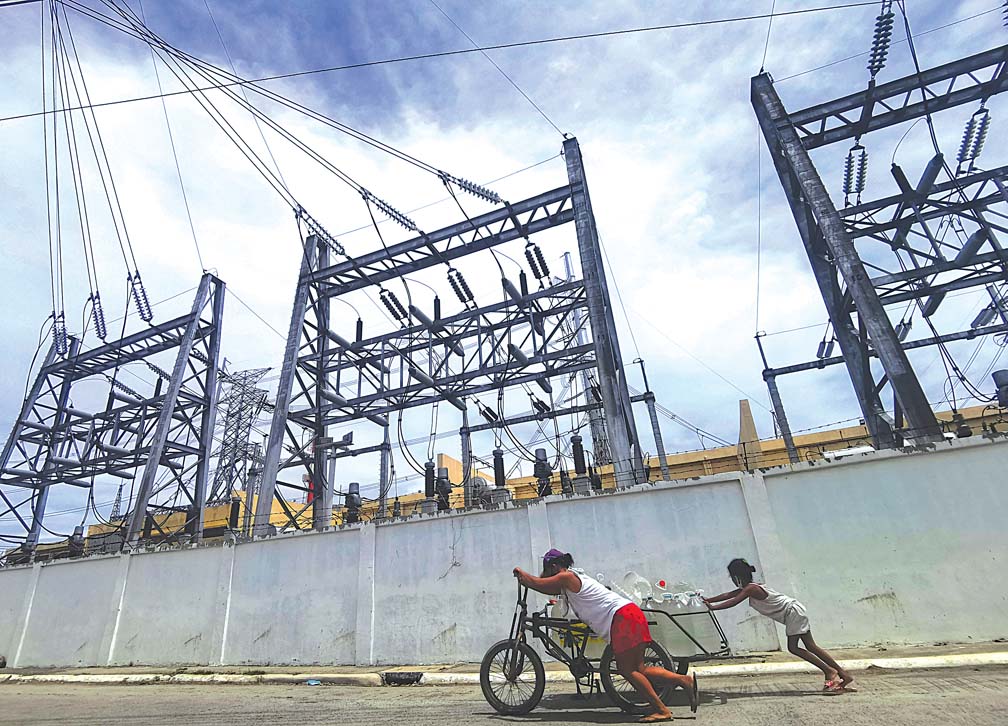REMITTANCE costs remain onerous when one is sending money to Southeast Asian countries like the Philippines, the Asian Development Bank (ADB) said.
Based on ADB data, the average cost of remittances is the highest in the Pacific at 8.9 percent, but sending money to Southeast Asia via banks costs even more, at an average of 16.6 percent.
The rates vary per country, the Asian Economic Integration Report (AEIR) 2022 stated. These rates range from 8.8 percent in the Philippines to as much as 46 percent in Thailand.
“The average cost of remitting to Asia and the Pacific has been declining but remains higher than the Sustainable Development Goal target of less than 3 percent by 2030,” ADB said.
“Remittance costs have been declining slowly, and existing average costs are still almost double the 3-percent Sustainable Development Goal target,” it added.
As of the first quarter of 2021, the global average total cost of remittance was 6.4 percent of the transaction amount, said the report. In Asia and the Pacific, the remittance cost is 5.9 percent while the remittance costs in Central Asia and South Asia are lower than the Asian average.
Winners, losers
WHILE remittance service providers mostly handling cash-based, in-person transfers were significantly affected by the lockdown in 2020, digital remittance service providers experienced a surge in their business. ADB, citing studies, said remittances made through mobile money jumped 65 percent to $12.7 billion in 2020. As a result, the Manila-based multilateral development bank said, more than $1 billion was sent and received every month via mobile money.
Remittances sent through mobile money globally cost much less than cash at 3.2 percent, compared with 7 percent for cash and 4.4 percent for debit/credit cards.
However, ADB said, cash transactions remained the dominant transaction type globally and accounted for around 70 percent of remittances sent through the largest remittance service providers—Western Union, World Remit, and Ria.
“Advancing digitalization infrastructure will only work if accompanied by measures to develop the digital ecosystems in many migrant-sending developing economies and migrant-host economies,” ADB said. ADB estimates that remittance inflows to Asia and the Pacific declined by only 2 percent in 2020 and are estimated to grow by 2.5 percent in 2021.
Global remittance inflows, ADB said, reached $705.5 billion in 2020, a 2.3-percent decline from $722.2 billion in 2019—Asia and the Pacific received $314.4 billion in 2020.
In 2020, ADB said Bangladesh, India, Pakistan, the Philippines, and the PRC were among the top remittance recipients in Asia and the Pacific, and globally, accounting for $225.4 billion or 32 percent of global and 71.7 percent of total regional remittance inflows when combined.
Philippines case
IN the Philippines, total remittances declined 0.7 percent as 327,511 overseas Filipino workers returned home in 2020. However, major sources of cash remittances to the Philippines recorded higher year-on-year flows.
These remittances, ADB said, came from the US accounting for 5.5 percent of the total; Qatar, 8.2 percent; Jordan, 19.4 percent; Singapore, 12.7 percent; and Taipei, China, 15.5 percent in 2020.
Meanwhile, ADB said integration among economies in Asia and the Pacific has continued to deepen in areas including new technology and digital connectivity, environmental cooperation, trade linkages, investment, and value chain participation, according to the report.
Foreign direct investment into the region also remained resilient, declining by only 1.3 percent in 2020, compared with a 34.7-percent drop globally. Meanwhile, remittance inflows to the region are estimated to have grown 2.5 percent in 2021, after a 2-percent drop in 2020. Tourism remained one of the sectors hit hardest by the pandemic, with international arrivals in Asia and the Pacific dropping 82.8 percent in 2020 compared with the prepandemic average from 2015 to 2019.
The AEIR 2022 theme chapter discusses the imperative of advancing digital services trade in Asia and the Pacific. The chapter highlights how rapid digitalization and the Covid-19 pandemic are spurring the growth of digital services trade.
It also discusses ways by which economies in the region can capitalize on these opportunities through human capital development, enhanced digital connectivity, regulatory reforms and institution building, and international cooperation.


































